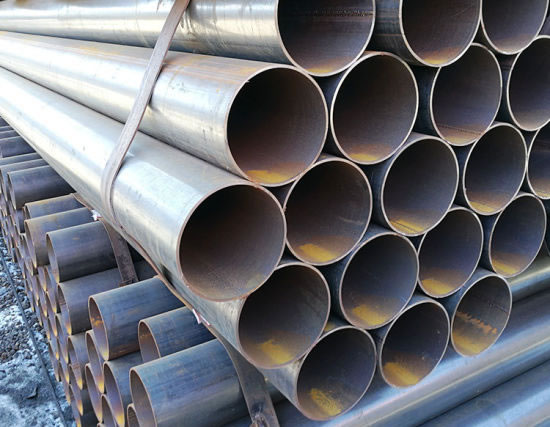CFD Modeling of a Mixing Tee – Part 1: Model Validation
by Dave Dewees, Zumao Chen and L. Magnus Gustafsson This 2-part blog deals with CFD modeling of a mixing tee that is often found in industry. Traditional simulation is validated against experiment, as well as a new commercially available method that offers the possibility of substantial solution time reduction. In fact, the new method is shown […]


